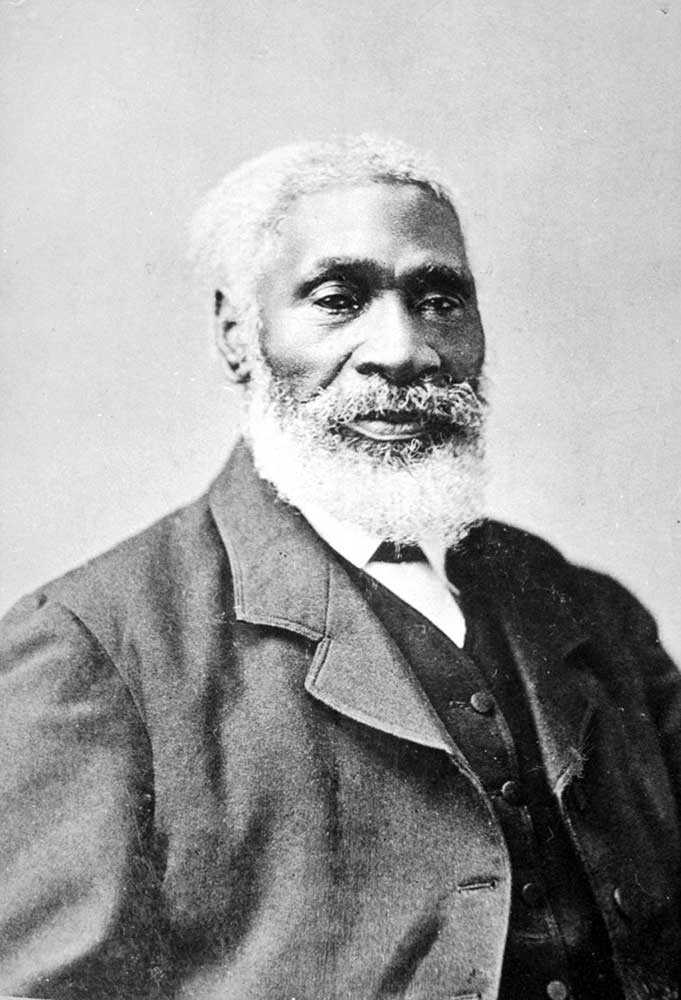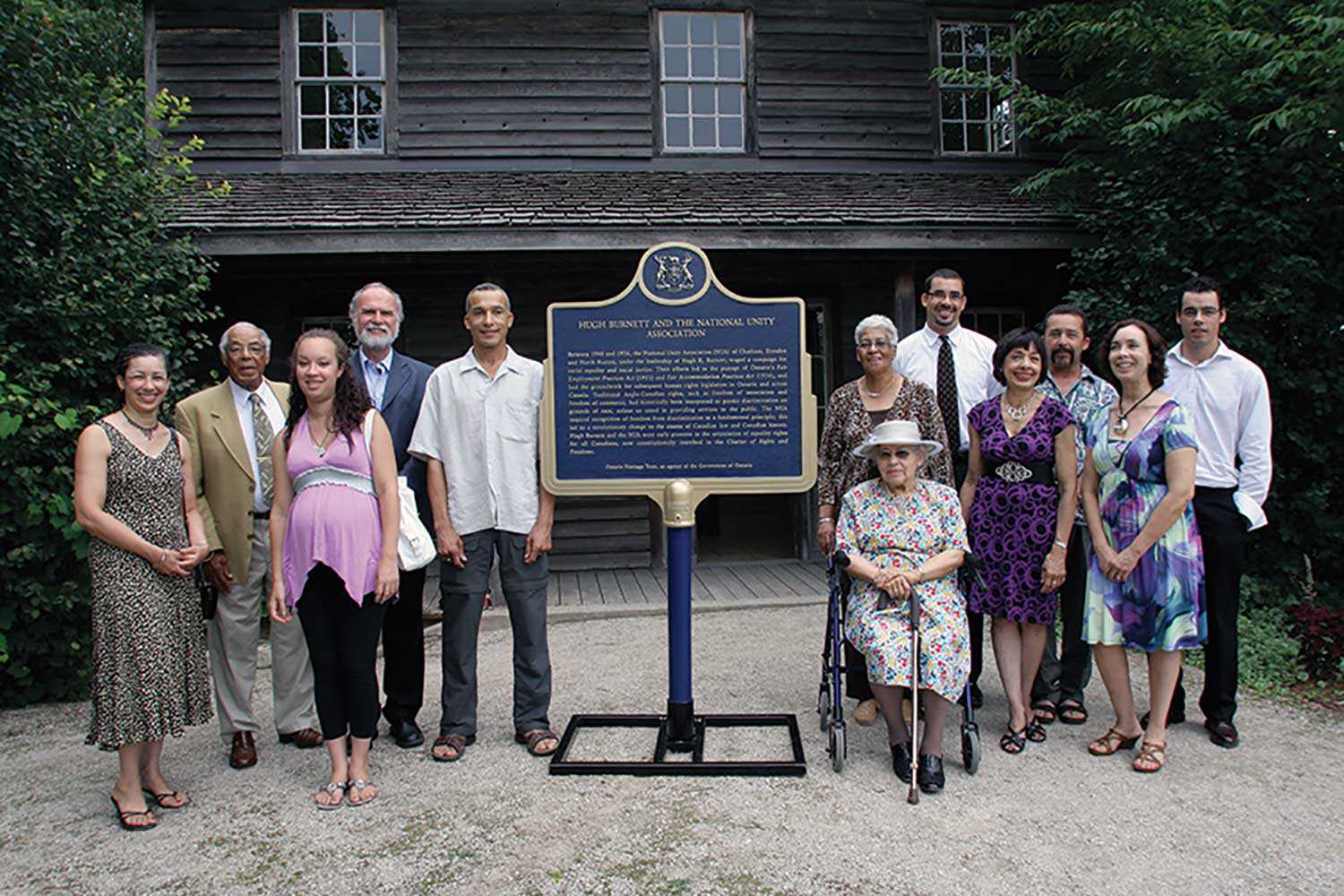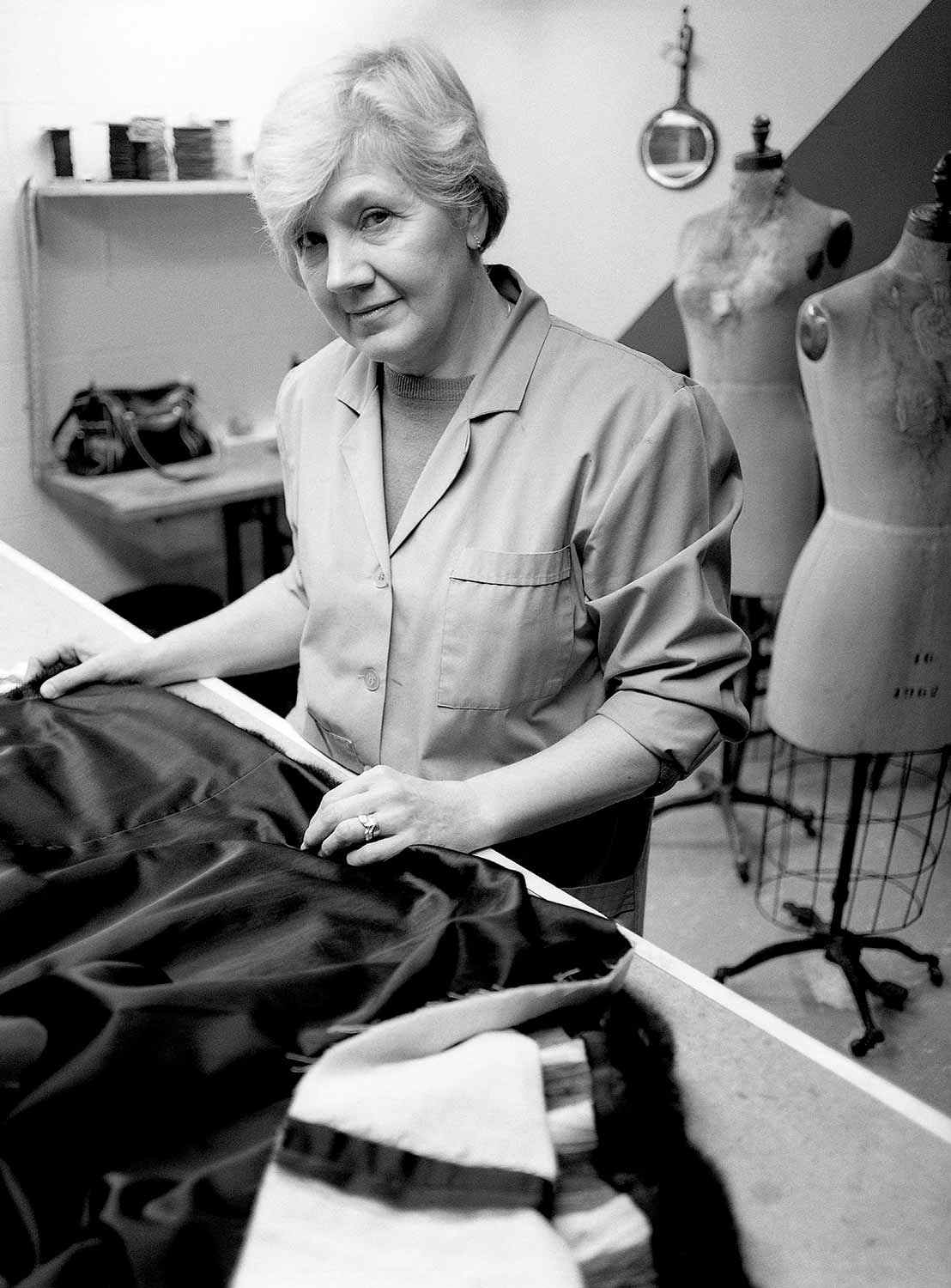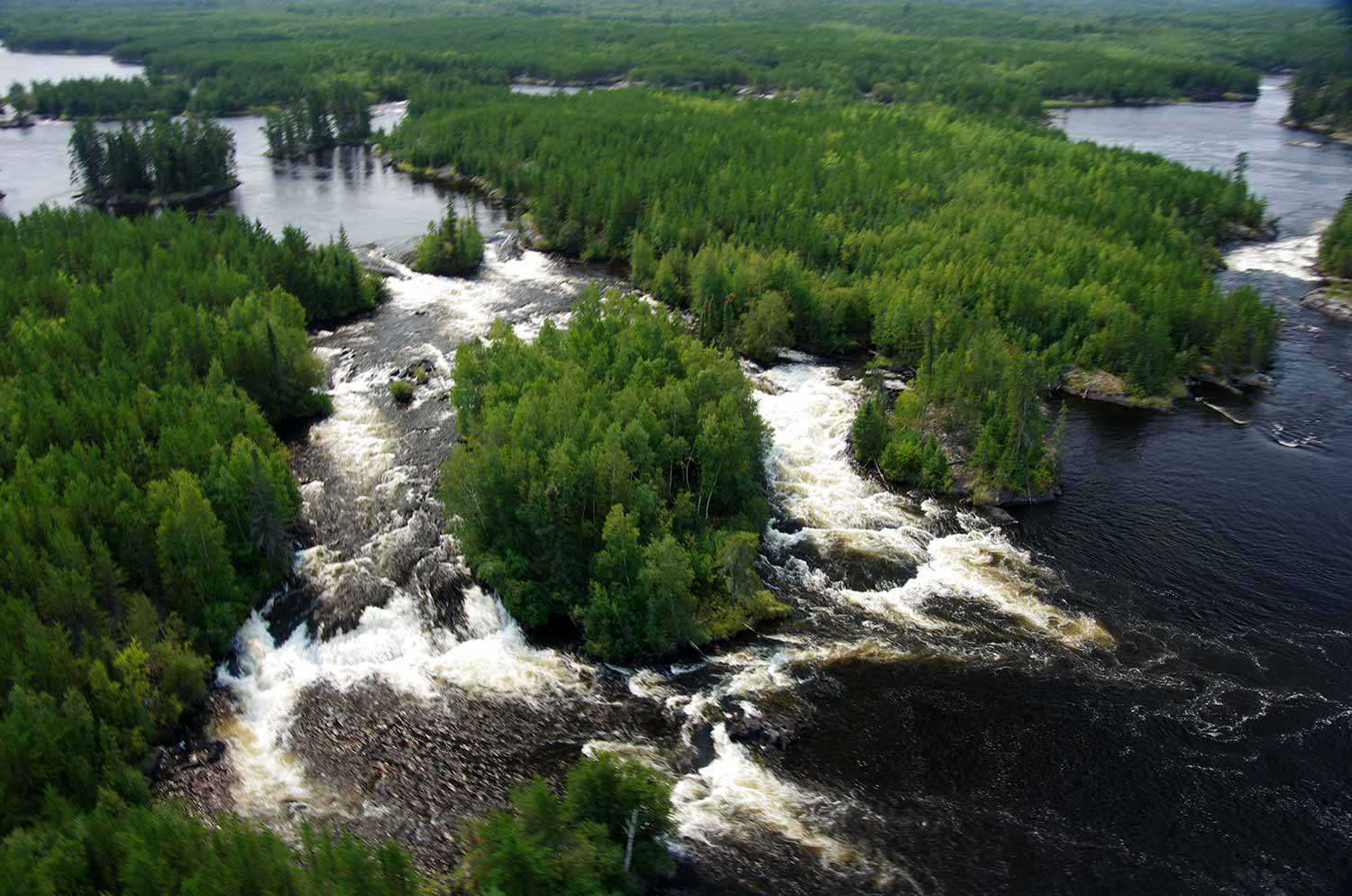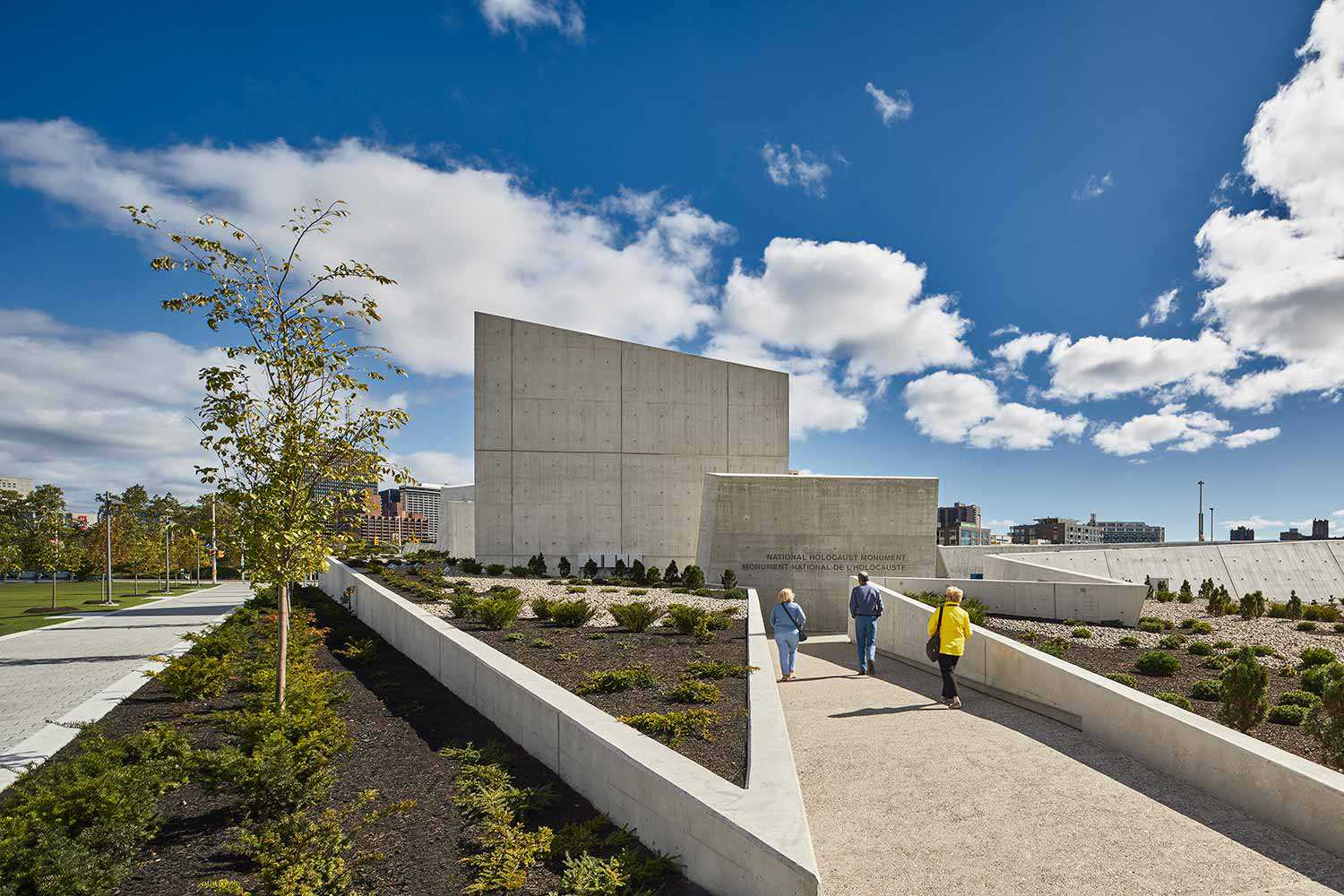

Browse by category
- Adaptive reuse
- Archaeology
- Arts and creativity
- Black heritage
- Buildings and architecture
- Communication
- Community
- Cultural landscapes
- Cultural objects
- Design
- Economics of heritage
- Environment
- Expanding the narrative
- Food
- Francophone heritage
- Indigenous heritage
- Intangible heritage
- Medical heritage
- Military heritage
- MyOntario
- Natural heritage
- Sport heritage
- Tools for conservation
- Women's heritage
The Canadian Rohingya – Telling the full story
I was a curator with the Canadian Museum for Human Rights (CMHR) for almost nine years. I came to Canada 18 years ago as an asylum seeker. Being recognized as a refugee by Canada’s Immigration and Refugee Board, however, is just one part of my story. I know very well what it means to be stripped of your humanity and to be reduced to only a label. This is one of the reasons why I chose to do the work that I do. In my role as a curator with CMHR, I saw myself as a facilitator, so that communities could tell their own stories without being reduced to a single label. I live at the intersection of multiple oppressions and belong to several communities that have been historically marginalized and oppressed, much like the various communities I engaged with in my work at the CMHR. I am currently co-curating an exhibit with the Canadian Rohingya Community that will open in 2019.
According to the United Nations (UN), there are over 900,000 refugees in Cox’s Bazar, Bangladesh who have fled the escalating violence against the Rohingya in Burma. The persecution of the Rohingya – an ethnic group, the majority of whom are Muslim – isn’t something new. Some argue that it can be traced back to the expulsion of the Indigenous inhabitants of Arakan after it was conquered by the Burmese in 1785. During Burma’s British colonial period, however, the Rohingya enjoyed a relatively peaceful existence in exchange for their support for the colonial structure. In 1942, with the Japanese occupation of Burma during the Second World War and the British retreat, violence between Arakan’s local Muslim and Buddhist communities erupted.
The Rohingya were victims of violent attacks and massacres. Thousands are believed to have fled Burma during this time and the persecution and exodus continued for decades. In 1982, the new Citizenship Law officially stripped the Rohingya of their citizenship. In the early 1990s, Rohingyas continued to flee increasing religious persecution, forced labour, violence, rape and massacres. It was during this time that they started to arrive in Cox’s Bazar, where they were assisted by the UN High Commissioner for Refugees. The horror and brutality of the attacks and persecution in 2016 and 2017 have forced over 800,000 Rohingya refugees to seek shelter in the refugee camps in Bangladesh. While the UN has called the crackdown on the Rohingya a “textbook example of ethnic cleansing,” others are calling for official recognition of genocide against the Rohingya people. There seems to be no end to their suffering in the near future.
In Canada, Rohingya refugees started arriving at the end of the 1990s and began to settle in Kitchener. Today, there is a Rohingya community across the country, with families in Quebec City, Surrey and Kitchener. With around 35 to 40 families, Kitchener has the largest Rohingya population in the country. In 2017, members of the community approached the CMHR advocating for the removal of Aung San Suu Kyi (a former Nobel Peace Prize Laureate and an honorary Canadian who has been severely criticized by the international community for failing to condemn the violent attacks against the Rohingya) and for an increase of Rohingya representation in the museum’s exhibits. After a number of internal meetings, the CMHR decided to move ahead with an exhibit that would feature the work of Canadian award-winning photographer Kevin Frayer. The museum also started developing programming around the Rohingya humanitarian crisis and it decided to dim the light on Aung San Suu Kyi’s image in one of the exhibits and to replace the second one with a Rohingya human rights defender.
I became involved in the exhibit project and, soon enough, I met some of the members of the community in Ottawa and, later, Vancouver. Since then, we have had regular meetings and we have formed a curatorial committee with representation from across the country. Three of these members are based in Ontario (two in Kitchener and one in Ottawa). Together, we are deciding how they want their story to be told. [Photos courtesy of the Canadian Museum for Human Rights (credit: Aaron Cohen)]
I was told many times that the community wants people to know their full story and not just a part of it. While they want the world to know about the horror and the suffering, they also want to be seen as wholesome human beings and not just as victims. To make the exhibit better reflect these needs, we decided also to include photos taken by the community and to incorporate Rohingya symbols, music and other cultural manifestations into the design. To give prominence to their voices, we also embarked on an oral history project that documents the experiences of the Canadian Rohingya community across the country. Between July and August, along with community members, we were able to conduct 23 interviews in Surrey, Winnipeg, Quebec City and Kitchener. In every city, I had the privilege to meet remarkable people, to make new friends, to try delicious Rohingya food and to experience the solidarity among members of the community. In Kitchener, where we conducted 12 interviews, I encountered a thriving community, one that doesn’t forget the horrors they’ve endured and that is also working hard to build a bright and better future in this country. While there, I met a new generation of Rohingya-Canadians savouring their newly acquired right to education, a right that was denied to their parents and grandparents when they were back in Burma. I met women who empowered and helped each other to earn their Ontario driving licenses, an accomplishment for the community. And I was also honoured to be invited to share the table with passionate activists who let me witness first hand their mobilization efforts to improve their community.
On my first day in Kitchener, I interviewed Mohammed – a 15-year-old Rohingya who had been part of a theatre play aiming to bring light to the plight of his people. Despite his role in the play, Mohammed told me that he was tired of people associating the word Rohingya only with images of people suffering in the camps. He also told me that he dreamt of a day when people would Google the word “Rohingya” and they would be able to find the images of people smiling at a party. When Mohammed hears the word “Rohingya,” he also sees the smiles of his own community flourishing in Kitchener. I hope that this new exhibit will be able to meet the needs of a generation that does not want us to forget their ordeal, and also the needs of the new generation that has bright dreams and hopes for the future.






